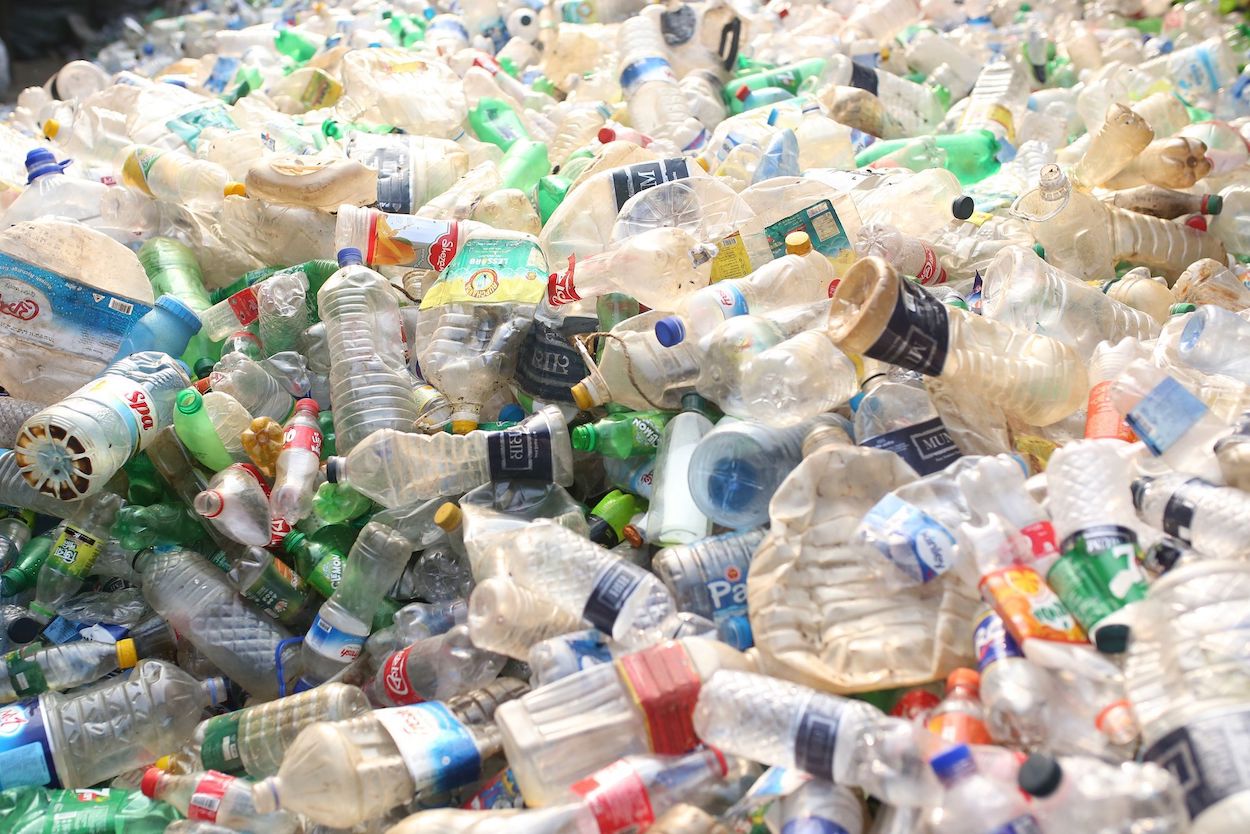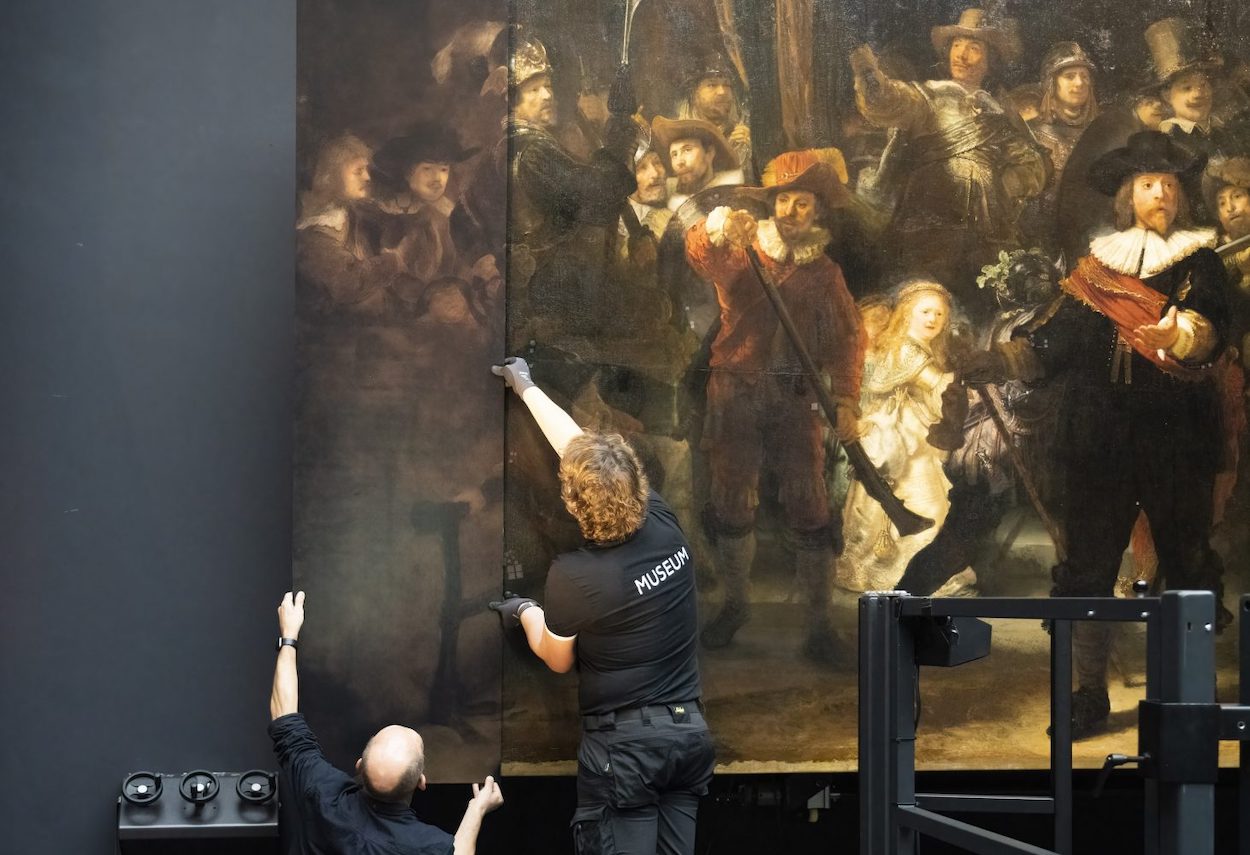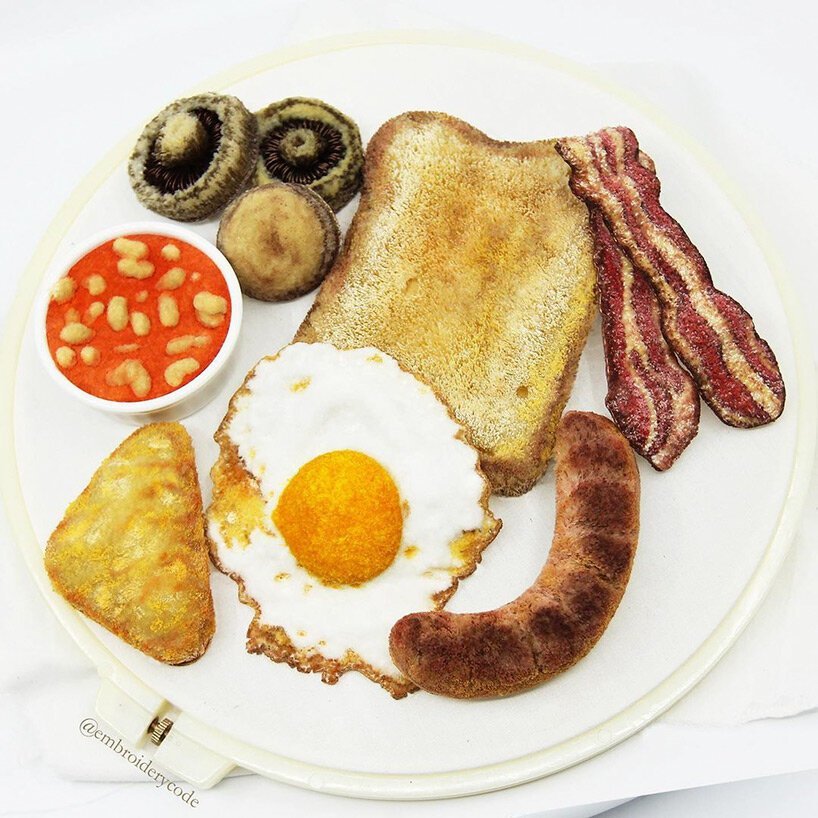The Design Dispatch offers expertly written and essential news from the design world crafted by our dedicated team. Think of it as your cheat sheet for the day in design delivered to your inbox before you’ve had your coffee. Subscribe now.
Have a news story our readers need to see? Submit it here.
New research reveals that thousands more toxic chemicals exist in plastic than we thought.
Another case against plastics: a new study finds that they may be even more toxic than imagined. A paper published in the Environmental Science & Technology reveals that researchers at ETH Zurich found 10,500 chemicals in an array of commonly used plastics analyzed over a two-and-a-half year period. Of the chemicals identified, a quarter were “substances of potential concern,” and at least 1,000 of these can be harmful even in small doses. “If something is a carcinogen, it is agreed upon in the scientific community that there is no safe level of exposure,” Helene Wiesinger, lead author of the study, told Fast Company. “Even at very low levels, these can lead to cancer, and obviously [it] gets worse with high doses. With endocrine disruptors, small doses can be problematic. With these chemicals, using any at all is a problem.”
A theme park inspired by Mesoamerican empires may soon come to California’s Coachella Valley.
The team of architects and developers at Aztlán Development has unveiled plans for a 48-acre theme park inspired by the Aztecs and Toltecs. Located between California’s Indio and Coachella, the project will include a concert plaza, beach amphitheater, 16-screen movie theater resembling a Mayan temple, and 200-foot-tall pyramid modeled after Templo Mayor, the famed lost temple in the former Mexican capital city of Tenochtitlan. “Our illustrious entertainment collaborators are following in the steps of Paramount, Disney, and Sony in creating an entertainment venue based upon popular movie themes,” said Mark Stuart, CEO of Aztlan Development.
The Roman artist Pietro Ruffo helps mastermind Dior’s luminous cruise show in Athens.
Dior’s latest cruise show feels memorable for many reasons—400 lights, 200 fireworks, and 55 musicians made the event, held at the Panathenaic Stadium in Athens, Greece, a mesmerizing production. The Roman artist Pietro Ruffo, known for working with precise, cut-paper elements, contributed 72 large-scale flags marked by polychromatic depictions of caryatids that fluttered atop the structure’s crown. One of his prints also appeared in the sportswear ensembles of the collections, which were masterminded by Dior creative director Maria Grazia Chiuri, known for consistent silhouettes and use of embroidery and floral appliqués.


